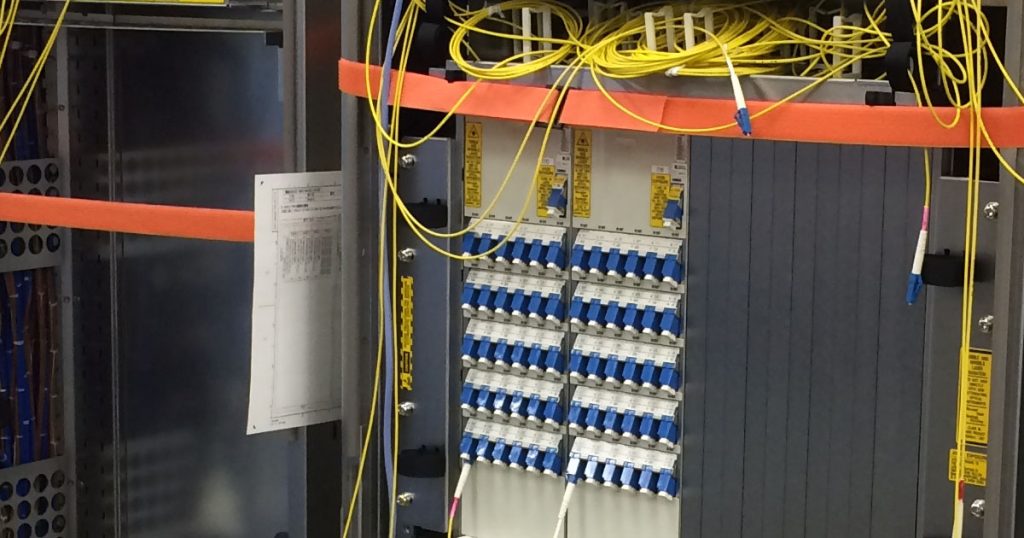The SubOptic conference is a great venue to discover the latest technologies in the subsea telecommunications industry and to get a glimpse of what the future may bring in terms of developments that will tackle the ever-growing need for more content, faster.
OSI’s Director of Network Development, Steve Lentz, was able to review many of the papers and presentations showcased at SubOptic to present his views of where the industry appears to be headed over the next 2-3 years:
- “16 fiber pairs will become the new norm; there is less incentive and more challenges going beyond 16, although I would not be shocked to see a few systems with 20 or 24 fiber pairs.
- For systems <12,000 km, the current design parameters will stay in effect. These systems will operate close to the non-linear limit with repeater TOPs between 18 and 21 dBm; in other words, capacity per fiber pair will still be maximized.
- The longest systems, 12-16,000 km, will be limited by electrical power and other factors and will operate with TOP several dB lower; this will maximize cable capacity, but not necessarily fiber pair capacity.
- Pump farming will be commonplace, most solutions will be 4 pumps per 2 fiber pairs, while the longest systems will share 4 pumps among 4 fiber pairs.
- C+L will be available as an option, but C-band transmission will remain the basis of most systems”
“The resulting design capacity per fiber pair will be roughly:
- 6,000 km ~ 25 Tb/s
- 10,000 km ~ 20 Tb/s
- 12,000 km ~ 16 Tb/s
- 16,000 km ~ 10 Tb/s
The actual capacity delivered could be higher and will depend on many factors, including dry plant technology.”
“Transponder technology will continue to evolve but there are no dramatic breakthroughs coming. Non-linear compensation and better FEC will each provide some small improvement. Higher baud will reduce the number of transponders needed to fill a fiber pair.”
“In summary, I don’t expect any revolutionary technology implementations over the next couple of years. Evolution will take us from 120 to 400 Tb/s on Atlantic cables and 80 Tb/s to 300 Tb/s on Pacific cables. The industry will continue to watch multi-core fiber with great interest; we’ll see you at the next SubOptic to see how it turns out.”
